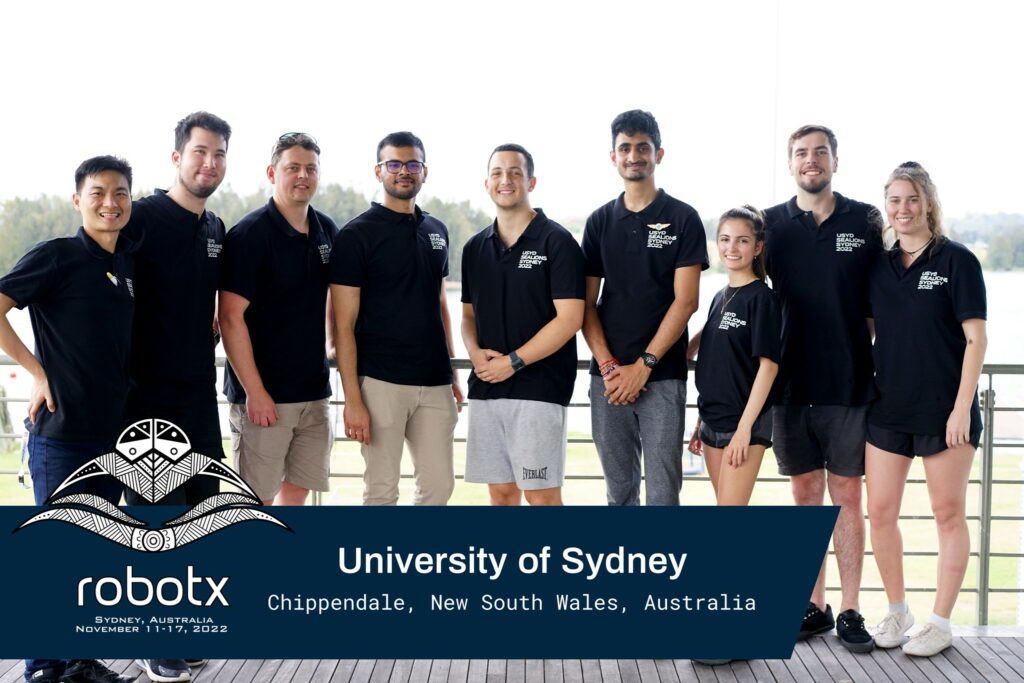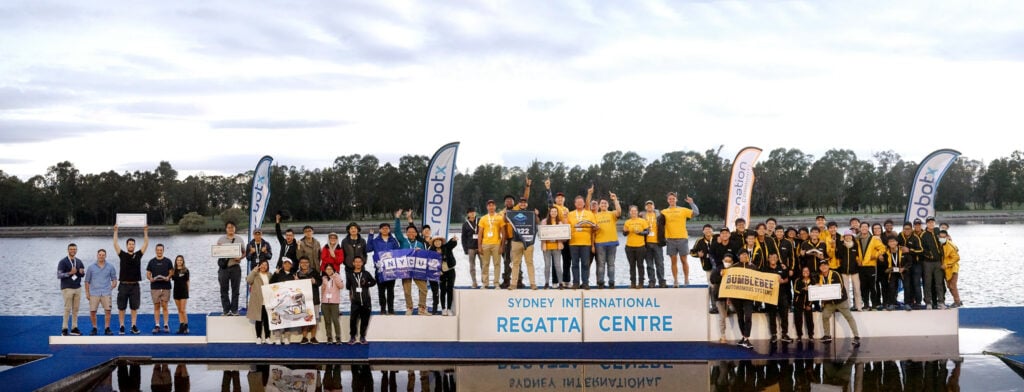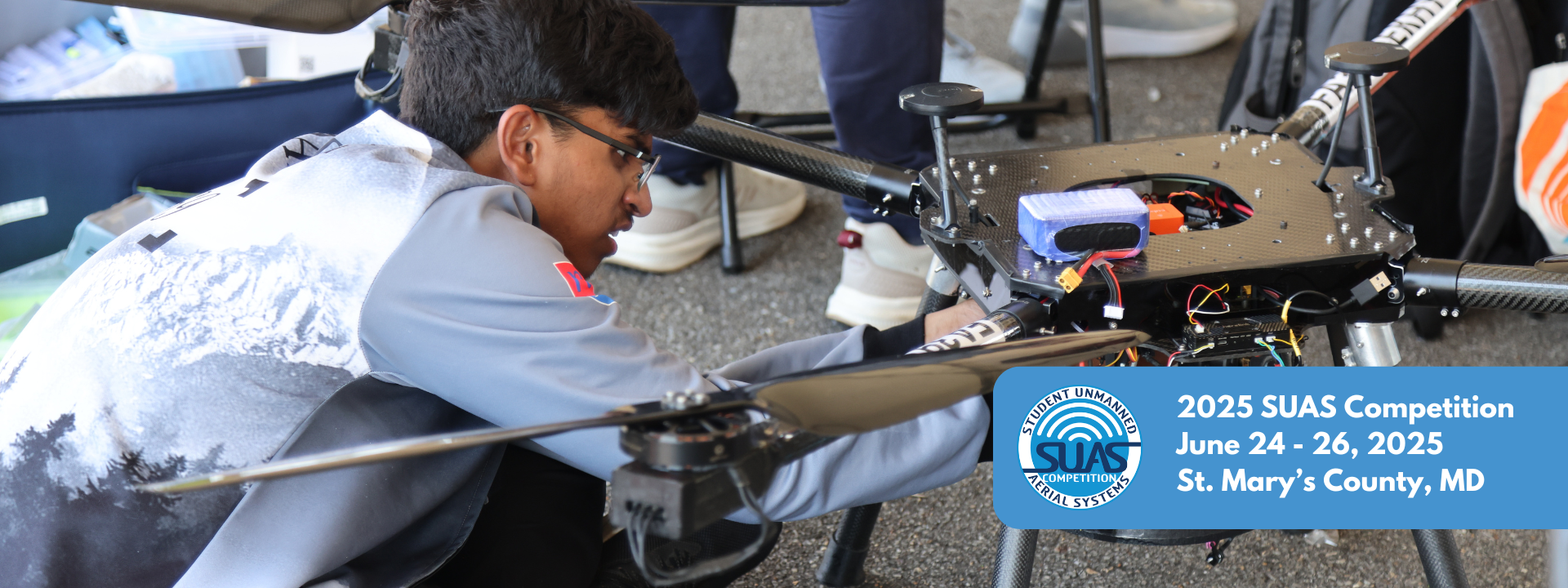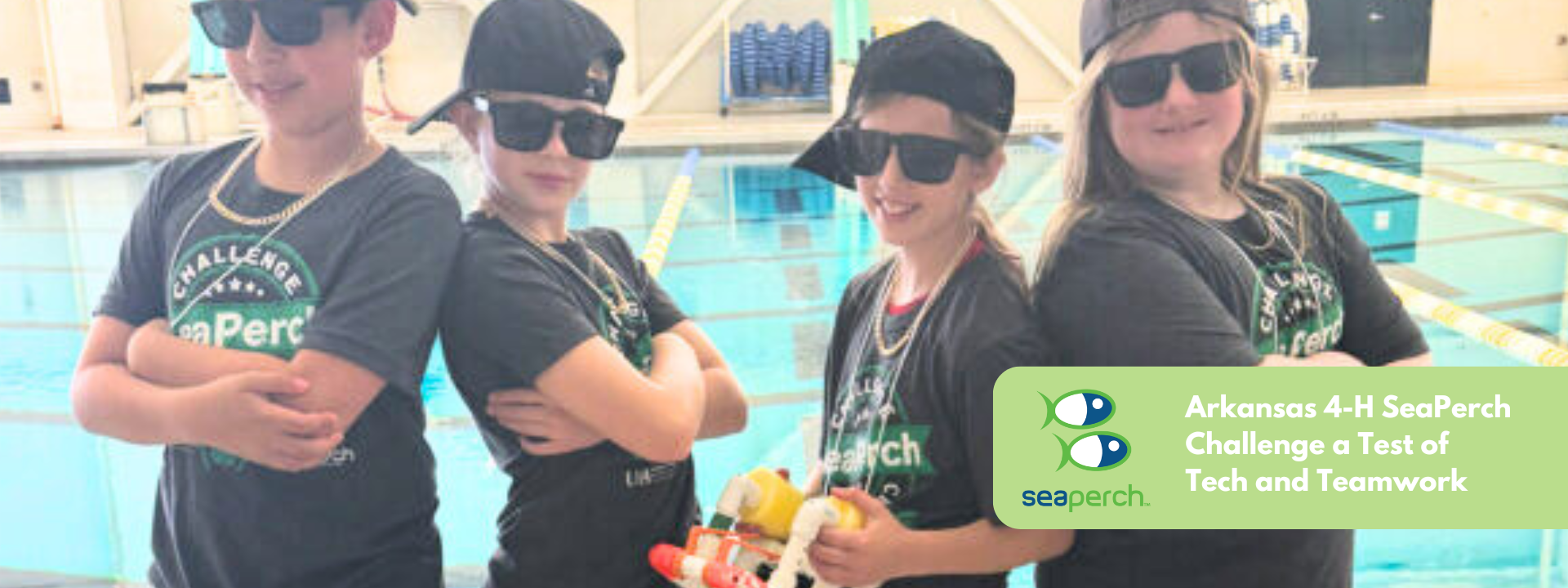Robotic test has students all at sea
By Christopher Niesche
Published in The Australian
April 5, 2023
The Australian Defence Force is preparing the next generation of robotics specialists with a competition of university and high school students to see who can build the most capable autonomous boat.
The students need to equip a boat with hardware and software that will enable it to perform a range of tasks without any driver, ranging from the seemingly simple such as navigating the boat between two buoys to the more complex, such as recognising the correct dock out of a group of three and parking the boat in the right position.
Each team is given a 16-foot (4.85m) wave adaptive modular vessel (WAM-V), similar to a catamaran. It’s a basic platform, akin to a car chassis, and the students need to fit it with the engine, cameras and other sensors, and the software it needs to operate autonomously.
“It’s extremely valuable to have a system that you’ve thought about, designed, iterated and made function in the real world.”
-David Henderson, USYD
“It’s such a hard competition just to get a boat on the water. A lot of teams struggle with hardware issues,” says David Henderson, who led the University of Sydney “Sealions” team, which placed fourth out of 20.
“It’s a huge number of systems that need to work together to have a boat that does what it’s supposed to do in a competition environment.”
The RobotX Maritime Autonomy Challenge is a biennial, university-level competition. RobotX takes place in different parts of the world and the 2022 event was held at the Sydney International Regatta Centre in November.
It was organised jointly by the US non-profit RoboNation, the US Office of Naval Research and Australia’s Department of Defence.
The teams spend two years working on the challenge and pack up all of their equipment into crates to be shipped to the week-long competition so they can assemble them on the boat.
In 2022, teams came from Australia, the US, Turkey, Singapore, Italy, Taiwan, Chile and Peru, and some teams’ crates arrived late from overseas. Henderson, a mechatronics engineer at Sydney University’s Australian Centre for Field Robotics, says those teams helped the teams whose crates had already arrived, a situation that was reversed when the late crates turned up. “There was a real camaraderie,” he says.

The tasks got harder and harder as the competition went on and teams were knocked out. One was for the boat to perceive a flashing light tower, decode the message and then perform a task depending on the light signal code received.
Another involved drones taking off from the boat and collecting a small, coloured tin from a floating helipad and delivering it to another floating helipad at a different location.
Only two boats attempted the ultimate task, “Wildlife Encounter”. The task consisted of three floating platforms that represented marine creatures: a platypus, turtle, and crocodile. Teams used their drones to fly over the platform and based on the animal identified, the WAM-V had to react and manoeuvre around the platform in a different way, specific to that animal (avoid the crocodile, circle the platypus in a clockwise and turtle in an anticlockwise direction).
What made this task more complicated is that these marine creatures were each represented by a unique spectral signature, only visible with a hyper spectral imaging camera.
Henderson says a big component of the competition is approaching problems with fresh minds, which are not constrained by many years of thinking about problems in the same way, as can happen with more senior researchers.
While the competition is sponsored by defence forces, developing technology specifically for the defence sector is not really a focus of the competitors, he says.
Universities are putting less emphasis on hands-on engineering for students than in the past.
“It’s extremely valuable to have a system that you’ve thought about, designed, iterated and made function in the real world,” he says.
“The practical application of learning and engineering makes it quite a unique competition and very valuable for students to take part in because they get to see the whole life cycle of their decisions.”
Henderson says he spent about 200 hours on the project and enjoyed his role as supervisor because he saw the growth in the confidence and technical ability of the students involved.
They had to think about problems from a holistic perspective and move beyond designing a “perfect” system on paper to actually building it and making it work.
Defence also sees the advantages and said RobotX helps to develop the next generation of robotics specialists because the competition exposes students to complex autonomy problems and allows them to compete in a collaborative environment.
“Autonomous systems are going to play an increasing role in our lives in the future,” says Brendon Anderson, research leader, Littoral Autonomy, Sensors and Systems, Defence Science and Technology Group.
“Not only can they perform jobs that are too dangerous or time consuming for our Defence personnel, they can act as a force multiplier and provide an asymmetric advantage
“RobotX improves the skills of participating students, helping to stimulate the maritime autonomy ecosystem. It also grows our STEM workforce pipeline, which is important to support out future capability needs.”

In 2022, “Team Minion” from Embry-Riddle Aeronautical University (US) came first. “Bumblebee Autonomous Systems” from the National University of Singapore came second, and “Team NYCU” from National Yang Ming Chiao Tung University (Taiwan) came third.
Historically Australian teams have performed well at RobotX, with QUT finishing 2nd and 3rd respectively in the 2016 and 2014 competitions, and Flinders University winning the 2016 prize for best overall documentation and website.
RobotX is one of several activities Defence support to build the pool of STEM expertise and attract, recruit and retain workers within Defence and industry. Another is the NAVIGATE program which aims to bolster Defence’s mid-career workforce capability, broaden the range of our workforce, and support participants with the information, knowledge, and know-how to succeed as a STEM leader within Defence.
It provides participants from the private and public sectors the opportunity to work with Defence partners in industry and academia, both in and outside Australia.
Read this article in The Australian: https://www.theaustralian.com.auhttps://www.theaustralian.com.au/special-reports/robotic-test-has-students-all-at-sea/news-story/296cbeecf0f88c29eed4dfdd8a7f827c



